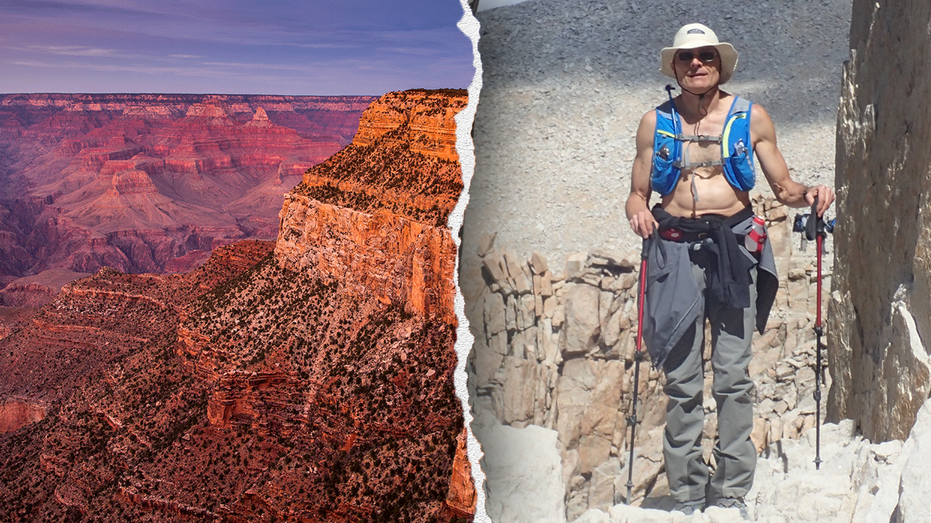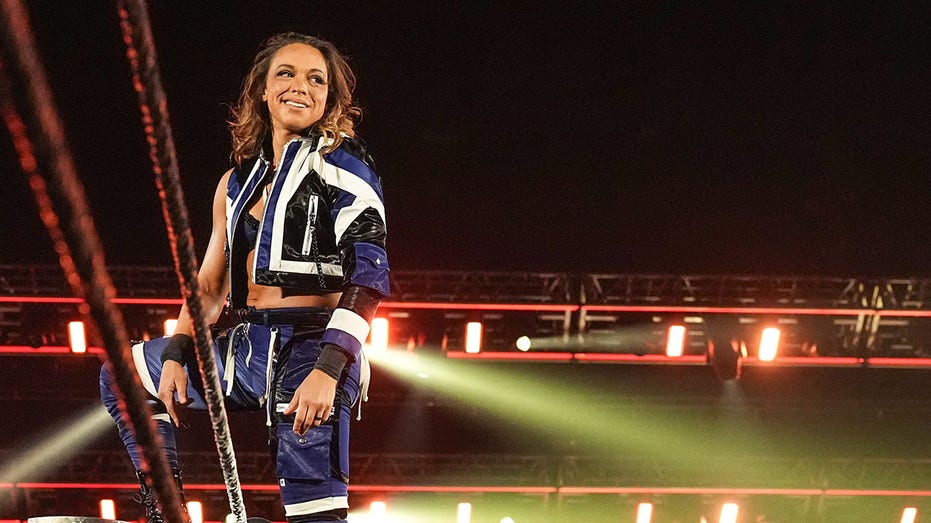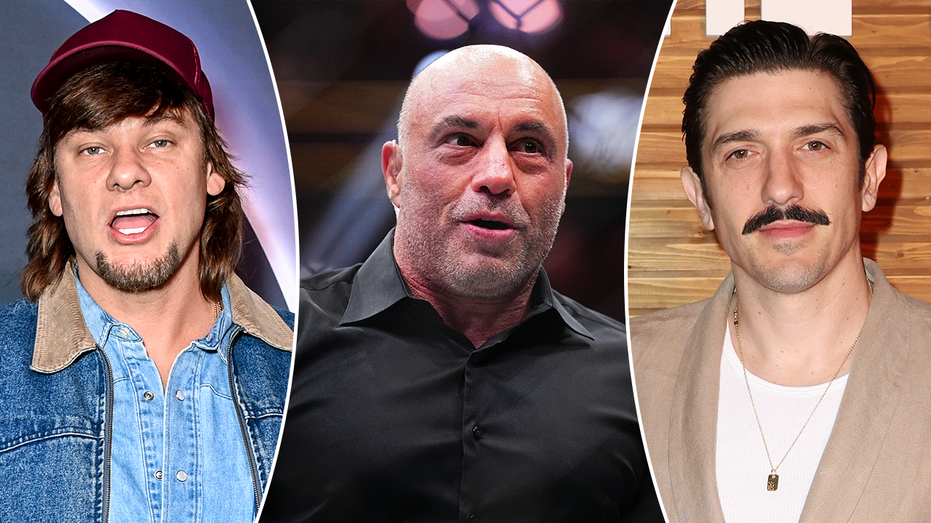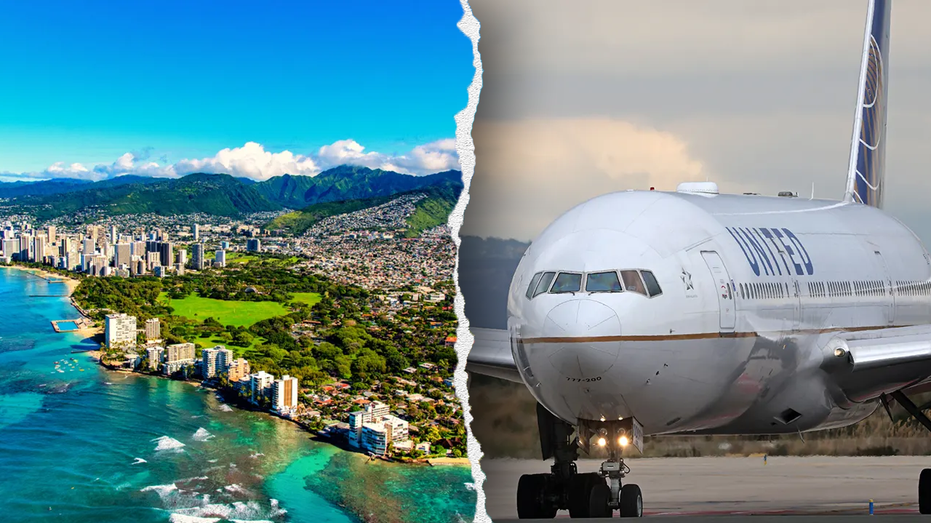- by foxnews
- 23 May 2025
‘A light in the darkness’: the history and hope of Myall Creek
‘A light in the darkness’: the history and hope of Myall Creek
- by theguardian
- 16 Jul 2022
- in news
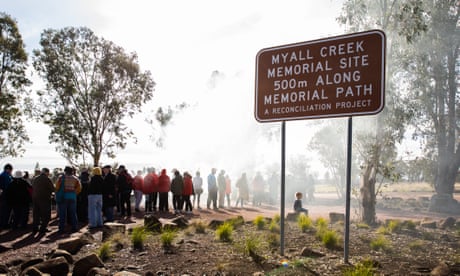
The picturesque town of Bingara, nestled on the banks of the Gwydir River in the New South Wales New England region, was often considered a place with no Indigenous residents, an oddity for a district in the middle of Gamilaraay country.
Bingara local Elizabeth Kakoschke recalls asking her parents why that was.
"I remember asking my dad when I was young, in the 70s: why are there no Aboriginal people in Bingara?" she says.
"He told me about the Myall Creek Massacre and said it was taboo."
These days, the facts of this crime are well known: on 10 June 1838, with the Myall Creek Station manager away, a dozen stockmen led by John Henry Fleming rounded up and brutally killed at least 28 Wirraayaraay women, children and elderly while their young men were away helping another settler.
Such mass killings were far too common. The main reason Myall Creek stands out is that for the first time in the colony, most of the perpetrators were brought to trial, convicted and punished. Seven men were hanged.
For subsequent generations, the massacre was an event that stayed in the past; but that all began to change a quarter of a century ago.
Wirraayaraay man Kelvin Brown explains how the annual Myall Creek Memorial ceremony, which I've come back to Bingara for on the June long weekend, has always taken three directions.
"We think about the death 183 years ago, we think about the reconciliation that occurred almost 23 years ago today, when the committee formed," he says. "But we also think about the possible future - where do we go from here?
"A couple of years ago, descendants of Fleming, who led the massacre, came out of the Hawkesbury, and I met a couple of members of his family."
Brown recalls they were nervous about attending.
"But we opened [up] to them and said, 'Look, what your ancestors did was very bad, but this isn't you - you aren't this'.
"You've come here in reconciliation, you've come here to pay respect; and that's all we've ever wanted."
Aunty Sue Blacklock is a Wirraayaraay elder from Tingha who has been instrumental in reconciling with descendants of the massacre perpetrators.
She tells Guardian Australia about one of the first Friends of Myall Creek meetings at the Myall Creek Memorial Hall, halfway between Bingara and Delungra.
"See that tree over there?" she says, pointing to a peppercorn near the hall. "That's where we first started. Just my family, John Brown, Paulette Hayes and Ted Stubbings."
Blacklock recalls how they gathered rocks and placed them at the location of the massacre.
"Then I went back to my elders and I found out what they wanted. They said they wanted a big rock. It really brought me joy that I listened to my elders."
Blacklock remembers when it was first announced a huge spire of granite had been found by Transgrid workers and would be used to mark the massacre site.
"There were thousands of cockatoos in the trees, and they just rose up, because they knew something had happened," she says.
"I had grannies that just started dancing, men started dancing for the first time.
"It had set our people free."
As a Bingara kid who grew up in the 90s, I knew about the massacre, but it was some abstract point in a distant history. Ignorance, or innocence? Probably a bit both, but I don't recall it ever being taught in school.
I've come home to attend the memorial for the first time, and as I pull into the paddock by the Myall Creek Hall, I notice number plates from across the country.
A good turnout, Brown tells me, is 500 to 700 people, but numbers are down this year due to Covid.
We walk a few hundred metres across the bridge over Myall Creek and up the hill to an arena.
Here, Indigenous and non-Indigenous speakers lead the crowd in a call-and-response: "We remember the past so that we may better understand the present."
Wonnarua man James Wilson-Miller's voice shakes the sky as he tells the story of what happened in 1838. Heads hang heavy around the arena as the horror is recounted. Winangali Infusion dancers and the Gomeroi Dance Company shake the earth.
Then we walk through a smoking ceremony and trace the path down to the granite spire that marks the massacre site. Schoolchildren from Bingara, the Gold Coast, Canberra and Sydney recount the story of the killings at plaques along the way.
At the boulder, shaded by a copse of whitebox and wilga, a man twirls a bullroarer, its low thrum spinning out over the paddocks of Myall Creek Station, telling the spirits we are here to pay our respects.
A student from my old primary school, Bingara Central, lights two candles. First, a red one for remembering the slain, followed by green for hope, healing and new life.
While serious, the tone never reaches the level of sombreness I was expecting of remembering such a dark and bloody event, but then that's not the only point. The memorial also brings people together to find common ground and move forward.
Afterwards, we wander down to the hall to mingle and make friends. A massive queue forms for the barbecue while children play beneath the peppercorn trees.
Later, I track down one of the Bingara Central kids.
"Do you have any Indigenous kids at Bingara Central?" I ask.
He looks at me, puzzled - why would I ask that? "Yeah," he says, "of course."
John Brown tells me how back in 1997 he was a Uniting church minister working towards reconciliation.
"Wherever I went around the country people told me about the massacres that happened," Brown says.
"Sue Blacklock said, 'Why don't you come to Myall Creek? That's where my ancestors were murdered'."
In the beginning, Brown recalls local resistance to the memorial, but he believes they got over that. He says that many residents now cater for the annual event.
"We broke down that barrier, and that resistance," he says.
Blacklock admits she didn't think the memorial would come this far.
"I thought we were just going to do the rock, and that was it, but people have come from all over. They come from America, New Zealand. We have five or six thousand sometimes," she says.
She wants her children, grandchildren and great-grandchildren to take up the mantle.
"They are going to be my voice of the future," she says.
Brown says: "Myall Creek is like a light in the darkness, to say, 'Look, we need to get along as a society, as a culture, as people. It's not about 'us' or 'them', it's about everyone.
"Every year we come here, and say, 'Whatever baggage you've got, leave it at the door'."
- by foxnews
- descember 09, 2016
United Airlines flight returns to Hawaii after concerning message found on bathroom mirror; FBI investigating
United Airlines Flight 1169 to Los Angeles returned to Hawaii after a "potential security concern" aboard the plane. The FBI and police are investigating.
read more